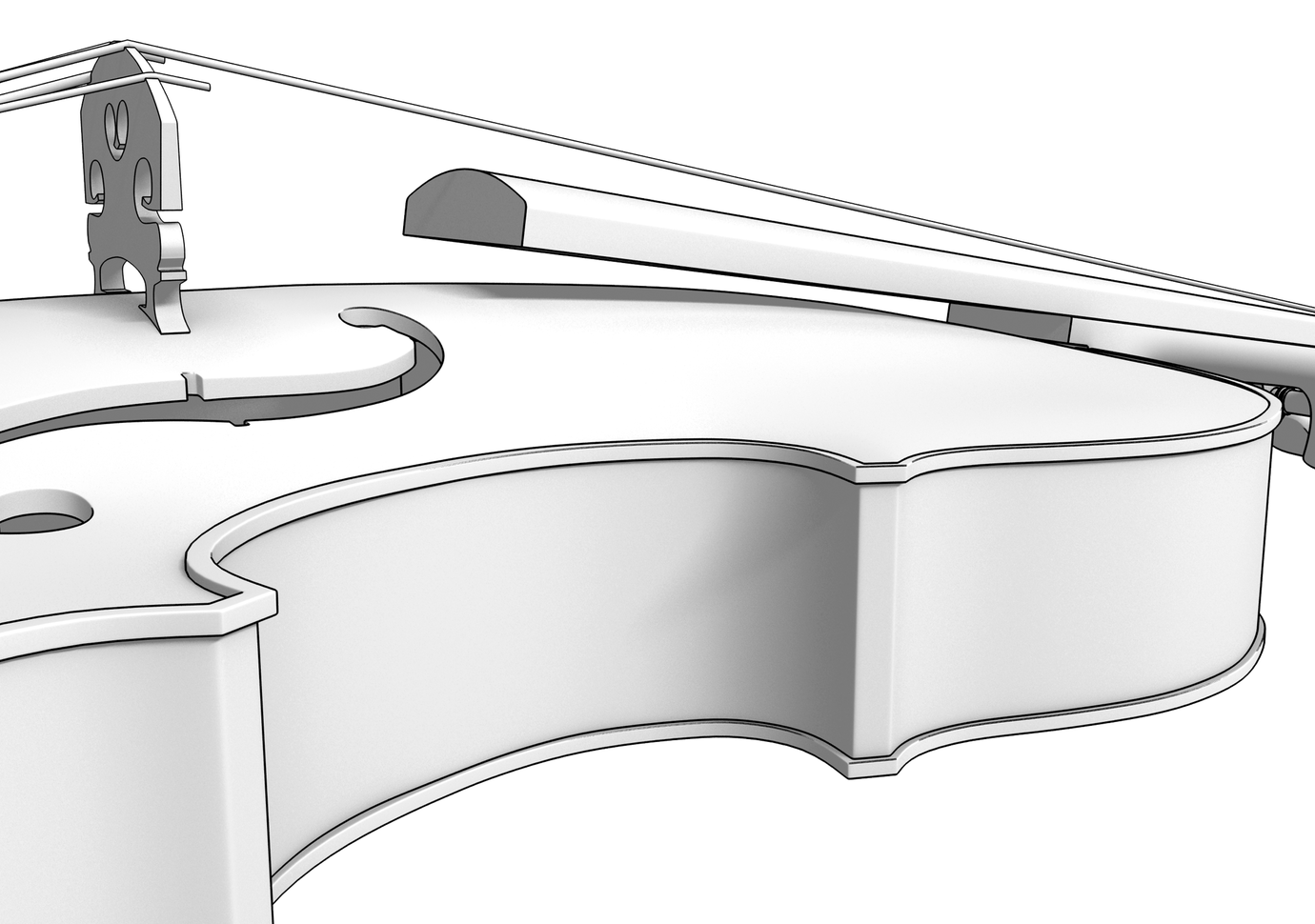Have you spent years mastering the art of string playing but still know little about the ideal way to handle your tools? Are you curious to learn more about the possibilities a high-performance string offers and do you want to optimize your performance in a few simple steps? Stringtelligence offers you an exclusive insight into the science of strings. Find widely unknown tips and tricks of the trade to perfect your sound and elevate your playing to an unexpected level! More than 20,000 words and 19 video tutorials in over 90 chapters: This is string know-how at its best!
What is the string action and why is it important?

Alongside the string tension, the action is also important for sound and handling of the instrument. The action is the distance from the string to the fingerboard. Depending on the string tension of the open string (not pressed down), the elastic modulus and the distance to the fingerboard, more or less force is required to press the string down onto the fingerboard. The higher the modulus of elasticity and the string tension, the lower the distance between the fingerboard and the string. Steel core strings have a high modulus of elasticity, synthetic core strings have a low modulus of elasticity.
Our recommendation for instruments with a very small string action:
Instruments with a very small string action (minimal distance between strings and fingerboard) require the use of strings with higher tension or steel core strings (due to the modulus of elasticity), in order to achieve an ideal response, left-hand as well as right-hand feeling (bow). If a string with a low tension or a string with a low modulus of elasticity is used on an instrument with a small string action, the string touches the fingerboard too fast under the pressure of the fingers or the bow, and thus is prone to rattling.
However, caution is advised when selecting a string with higher string tension! This could have the effect of overloading the instrument. An alternative that is more beneficial and “healthier” for the instrument is to have the action adjusted by a luthier.
BACK

 ESPAÑOL
ESPAÑOL